There are many different reasons you might find to develop a new firearm cartridge. Some iconic rounds in history include the 9mm, the 7.62 Soviet, .308 Winchester, and many others. In each of these cases, there was a need and the manufacturers produced. Whether it’s a new rifle round to increase the accuracy of snipers or a more powerful pistol round for law enforcement, companies continue to push the envelope of ammunition technology to meet the ever-changing demands of consumers and government agencies alike. The .357 Sig round is one that was developed to meet the needs of law enforcement agencies for a caliber with improved accuracy without sacrificing any penetration. We’ll discuss the history, the performance, comparisons and the pros and cons of this specialized round in great detail.
History
The .357 Sig round was a collaboration between the Swiss-German firearm manufacturer SIG Sauer and the ammunition giant Federal Cartridge. When these two companies started their work on this new cartridge, the goal was to replicate the performance that was found in the 125-grain .357 Magnum round that is fired from revolvers and adapt it to be used in semi-automatic pistols. The power of revolvers is very appealing, but the capacity was subpar for the demands of law enforcement work. In 1994, the .357 SIG round was being produced on a commercial scale for recreational enthusiasts and law enforcement in conjunction with SIG’s new P229 pistol that was chambered to withstand the higher pressures of this newly designed round.

Besides some special-made shooting competition cartridges, the .357 SIG was a modern design on the bottleneck handgun cartridge that hasn’t been produced commercially since the early 1960s. A bottleneck cartridge is different than the more common straight-walled cartridge case because it has as shoulder or step-down right before the opening of the case. The .357 SIG cartridge is adapted from the .40 S&W and is loaded to a higher pressure to produce the desired velocity. There have been other bottleneck rounds over the last decades that include the .256 Winchester Magnum, .22 Remington Jet, .221 Remington Fireball, .440 Corbon, and the .32 NAA but none came close to the success of the .357 SIG.
Round Specs & Conversions
Since it was adapted from the .40 S&W casing, the case was initially designed to fit the .357 bullet (9.02mm projectile) that was the same found in the .357 Magnum rounds. But that design quickly changed. It was found to be a much better adaptation to build the case bottleneck to fit the 9.0mm (.355-inch) projectiles. Another difference is that the .357 SIG is a slightly longer case than the original .40 S&W. However, a good number of .40 S&W pistols can easily be retrofitted to accept the .357 SIG round by swapping for a different barrel and recoil spring. Because of the extra load in the round, strong recoil spring is necessary to handle the increased recoil. So, if the pistol has a strong spring, the replacement isn’t necessary.
Another great design incorporation is that nearly all .40 S&W magazines will accept the .357 SIG without trouble. The one downside to the round in conversion ease is that some .40 S&W chambered pistols may be incapable of handling the pressure produced. The industry governing body, Sporting Arms and Ammunition Manufacturers’ Institute (SAAMI), is responsible for establishing standards for ammunition and chamber pressures. The pressure limits for .40 S&W barrels are roughly 225 MPa and 35,000 psi, which are significantly less than the SIG’s thresholds of 275.80 MPa and 40,000 psi. The amount of increased bolt thrust can be extremely problematic and dangerous if the pistol is not suited for the right pressure limits.

Performance
The .357 SIG round was built to mimic the performance of the .357 Magnum revolver round. The bullet weight ranges from 115 to 150 grains and the loads, making it pretty standard across the board in that respect. The real key to this round is the energy that the variable loads offer and they range from 488 foot-pounds force (662 J) to 583 foot-pounds (790 J) and these translate primarily to the stopping power capability. Depending on the bullet design and load, the penetration depths for these rounds can range anywhere from 9 inches based on FBI standardized testing to over 16 inches.
Compared to other caliber rounds, the .357 SIG rounds have relatively high velocities, which drastically help their accuracy and distance performance. When a bullet leaves the gun at a faster speed, it can travel further on a straight trajectory towards its target before the effects of gravity start to pull it offline. However, the .357 SIG rounds do not produce the exact same testing results as the .357 Magnum with 125-grain or heavier bullets. Still, this slight disadvantage is quickly offset by the increased magazine capacity of pistols compared to revolvers.
While some caliber rounds may be prone to feeding problems, there are virtually no errors associated with the design of the .357 SIG. The bullet is directed through a larger opening prior to being properly set into the chamber, which ensures proper feeding of each round every time. The flat point, round nose, and even hollow point are all exceptional when it comes to feeding because of the bottleneck design.
Comparison
Since the target of the .357 SIG was to achieve the same performance standards of the highly desirable 125-grain .357 Magnum round, it was a great day when the testing results came back almost identical between the two. The muzzle velocity of 125-grain bullets from each gun was nearly the exact same at 1,450 fps out of a 4-inch barrel. And with that, the objective of the initial design challenge was completed, but the performance excellence didn’t stop there.
In the physics of firearms, the recoil is in direct relationship to the velocity of the bullet leaving the muzzle multiplied by the mass of the bullet. The recoil of the .357 SIG vs. .357 Magnum is slightly less as well as the .357 SIG vs. 10mm Auto. This makes follow-up shots much more accurate because it is easier to get the gun back to the desired aiming point. However, the recoil of the SIG round is a bit higher than the 9x19mm Parabellum round, but they typically use the same bullet. The .357 SIG can be downloaded to reduce recoil, but that would eliminate any advantage or reason to choose or outfit a firearm for .357 SIG, to begin with.

Popularity
For years, the most prominent law enforcement agency that utilized the .357 SIG round was the United States Secret Service. Their standard issue firearm was the Sig Sauer P229 DAK, but over the next two years, the Secret Service will be phasing out in exchange for the Glock line of service pistols suited for the 9mm Luger round. The US Marshalls and the US Coast Guard also have enlisted the service of the high performing .357 SIG round. There are many local and state law enforcement agencies that still outfit their officers with the .357 SIG caliber rounds.
In the civilian market, the popularity never really caught on as much as other similar rounds in the same class and the .357 SIG deserves more love for the following reasons:
- Velocity – because of the extra load that their case allows for, these bullets come out of the muzzle superhot. This factor leads to increased accuracy due to a flatter trajectory at longer ranges and, ultimately, more stopping power. For self-defense rounds, the additional velocity leads to a better ability to put threats down more effectively.
- Smaller than .45 ACP – This is great for those that wanted a powerful round, more than say a 9mm, but that couldn’t handle or shoot something as large as a .45 ACP. The .357 has slightly more recoil than the 9mm but has less than the .357 Magnum or 10mm Auto.
To remain objective, there are a few noticeable cons to this round, as with any choice to be made in the firearm industry- nothing is every 100% perfect.
- Cost – because of the design and manufacturing process, the cost of these rounds is noticeably higher. Manufacturers can’t use brass from .40 S&W nor 9mm rounds because the case is slightly longer. So even for range rounds, .357 SIG will cost roughly 2x the cost of similar 9mm rounds and about 50% more than .40 S&W rounds.
- Wear & Tear– if the user converted a .40 S&W pistol to shoot, there is additional pressure asserted on the firearm that decreases the length of life for the firearm.
- Decreased Capacity – compared to the 9mm, a .357 SIG pistol will not be able to carry as many rounds.
Top Choices
Further on, we’ll discuss some of the most popular, high-performance rounds and their specific metrics on the market today.
- Remington 125gr FMJ .357 SIG – Remington has been producing some of the finest firearms and ammunition for more than 200 years and this round is no exception to their high standards. The specs on this round include a muzzle velocity of 1350 fps and 506 foot-pounds of energy. Great range round but also suitable for keeping loaded as a self-defense round.
- Federal 125gr JHP Personal Defense – this is a premium self-defense round that will stand up to the most severe threats you could encounter. Deep penetration with the exceptional expansion is what drives a great defensive round. This nickel-plated brass round clocks in at 1350 fps and packs a punch of 506 foot-pounds of energy.
- Hornady Critical Duty 135gr JHP FlexLock– in the self-defense category of the market, Hornady is one of the most trusted names and for very good reason. This round design is no match for a common house or urban barriers and the point is designed to eliminate clogging. Consistent expansion and deep penetration are exactly what you get with this. Because of the heavier grain, this bullet is a little slower, but the features make up for lack of speed. This round measured at 1225 fps and brings a punishing 450 foot-pounds of energy.
You can find these great rounds at AmmoForSale.com as well as countless others in just about every caliber that is popular on the market today. For great prices and tremendous selection, check out our website for all your ammunition needs.

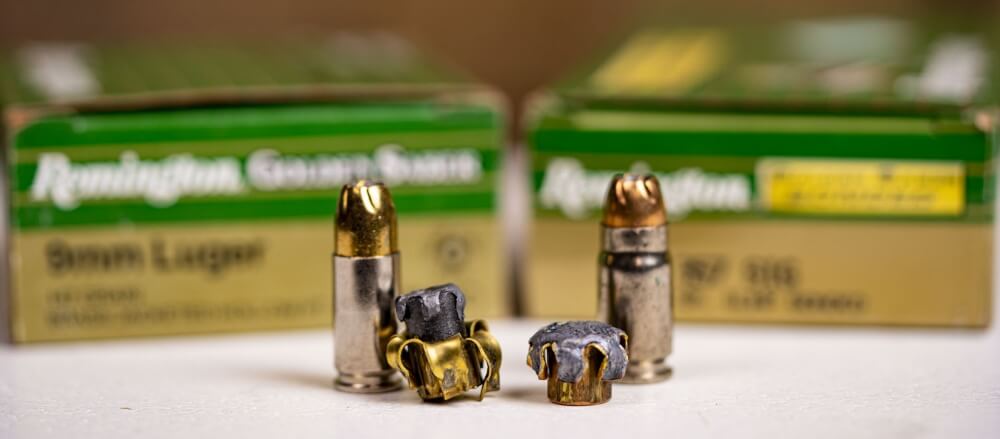
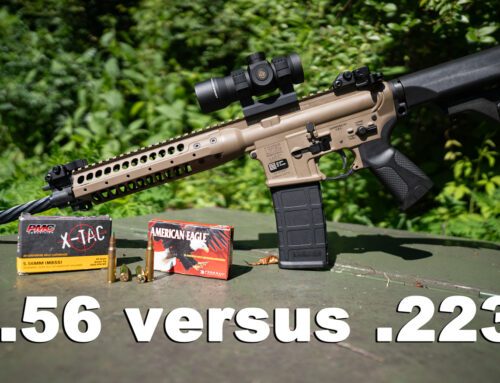
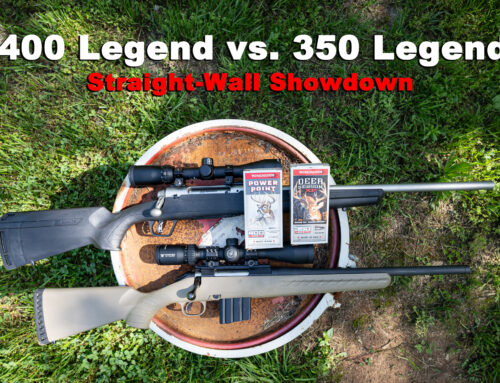
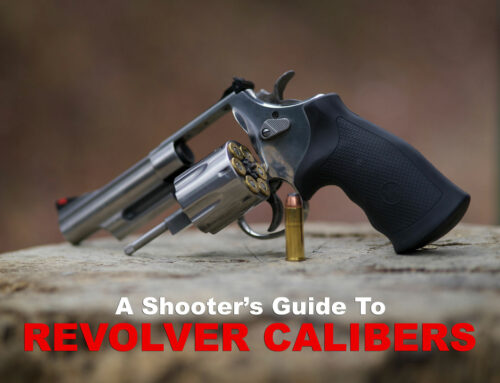
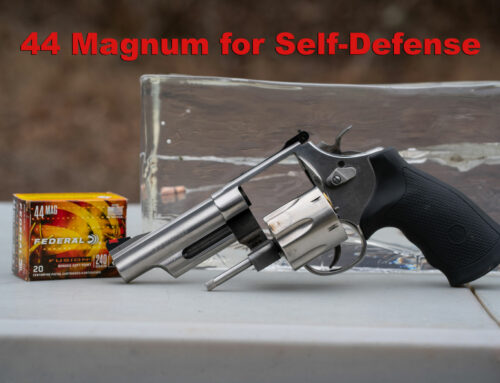
Leave A Comment